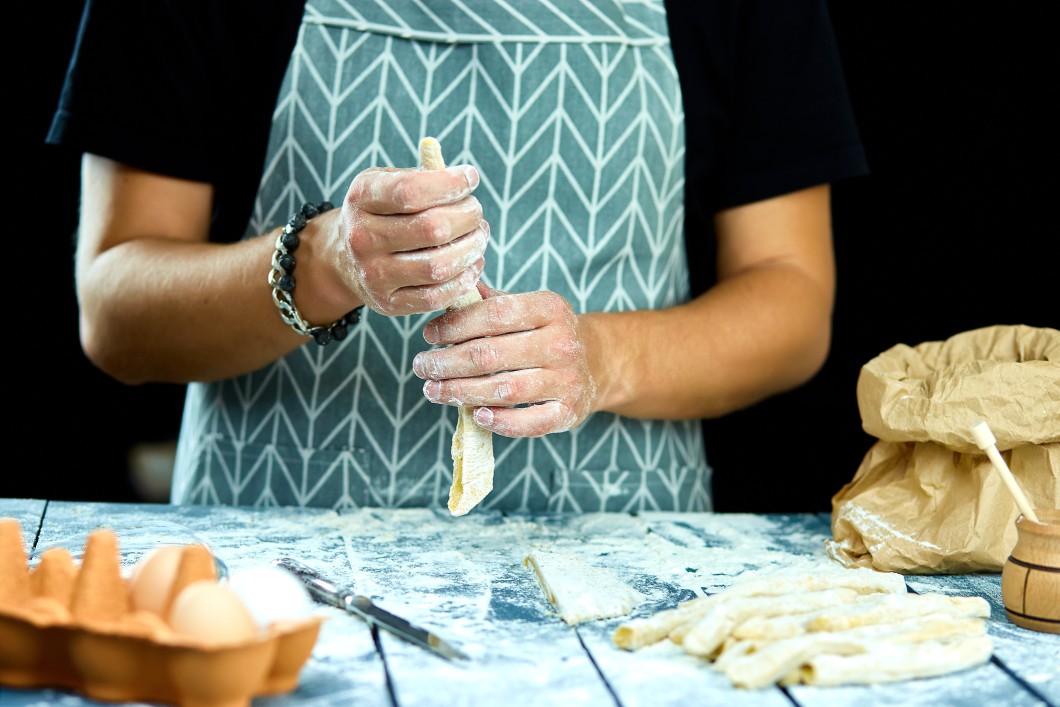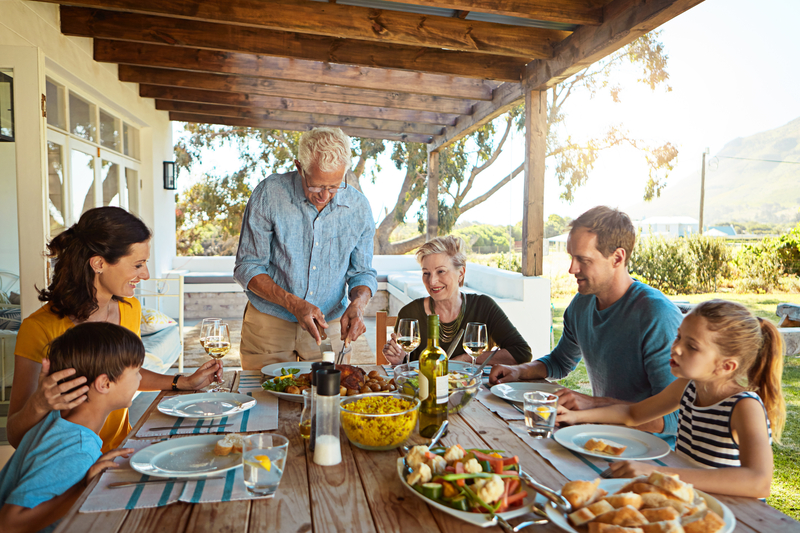We all have a soft spot for chefs and food bloggers, for online cooking courses and for those Youtube videos where they teach you how to make delicious meals in five minutes. We can tune on our favorite food TV channel, seat at a restaurant and upload photos of our plate to Instagram; we can learn all the tricks of the trade and follow all the plating and food presentation trends out there.
But cuisine is much more than that. “Cuisine” means traditions, local products and family recipes; it means time-honored dishes that bring us back to our childhood and connect us with the past. “Cuisine” is also made of collective flavors that a community shares, of culinary habits, celebrations and seasonality. But it is connected with our day-to-day life, too, and with our personal tastes, with how we elaborate a dish, with all the successful attempts and inedible failures that follow. It’s even dishes and plates to wash. Truth is, you can’t really understand what cooking means until you start playing around in the kitchen a little.
A peculiarity of Italian cuisine is the use of local and seasonal products, but also of leftovers. Mind, once upon a time, there wasn’t much left to cook with because people were hungry and, more often than not, they would clean up their plates: even stale bread was good if that was the only bread you had. Yet, many of the most renowned recipes we find published in cooking books or online were born from the art of making up a meal with what was available.
Numerous recipes of Italy’s home cooking tradition come from a time when necessity called the shots in the kitchen. It’s our cucina contadina, our cucina povera – poor cuisine, that of pancotto and pappa al pomodoro, of ribollita and timballo, of frittata di maccheroni, meatloaf and meatballs, of lesso rifatto with onions and savory pies. Today, these recipes are part of our regional culinary tradition, which tells us so much about the history of a place. Tourists find these dishes incredibly interesting, too – if they don’t ask for fettuccine Alfredo or Bolognese pasta, that is.
Some may consider leftovers recipes an invitation to celebrate parsimony and frugality in times of consumerism and excessive food waste: data say that, on average, 31 kg (that’s about 60 lbs) of food ends up in the bins in Italy every year and that, in the US, the same happens to 40% of what people buy. Others see them as a way to eat more healthily because our well-being also comes from what we eat. Soups made with cubes of stale bread, delicious frittate made with all we’ve left in the fridge, leftover pasta that turns into a baked delicacy, rice cakes and pies created with yesterday’s risotto, meatloaves put together with leftover roasts, tasty salads made with the chicken or fish we didn’t feel like to eat last night. Very different dishes, you may say, but they all have one secret ingredient in common.
Which one? Well, the answer is as easy as the q.b. (“to taste”) of salt and pepper so typical of Italian cuisine: the only “dressing” we use, really. The secret ingredient is our personal taste and the creativity we put in when we cook. It’s the inspiration, and the personal touch that makes everything nicer. It’s also the ability to dose a occhio, by approximation, as well as the little time we want to spend in the kitchen after a long, exhausting day at work. In other words, our daily life is a secret ingredient, too.
Because Italian cuisine isn’t only pizza and pasta, the dishes that perhaps represent it better abroad. It isn’t exclusively the professional chefs who work as food ambassadors for the country around the world, nor is it simply the restaurants where we can try all those things we can’t cook at home. And there is more to Italian cuisine even than those seasonal flavors and local products that are a staple in every Italian pantry.
Italian cuisine is what we all make daily in our kitchen and we share with our family and friends, dishes that one day are delicious and the following are a bit bland because we forgot to add salt to the pot, distracted as we were by what was happening on TV. Cooking Italian means giving it a try, being ingenious by adding a pinch of oregano and a sprig of rosemary or substituting that glass of wine with some vegetable broth. Cooking Italian leaves us the freedom to reinterpret our nation’s great classics and our towns’ traditional recipes so we can use crumbled taralli instead of breadcrumbs on orecchiette alle cime di rapa, or leave out cheese from pasta e fasoi, because we became intolerant to lactose. We’re not talking about huge changes, but little tweaks we make here and there to adapt a dish to what we have in the fridge – how often do we use one ingredient instead of another because we don’t have it at home?- or to meet our own or our family’s taste. You see it now: Italian cuisine means also adapting, interpreting, and making culinary variations on a theme, all while remaining within the “borders” of that dish.
Have you ever noticed that grandma’s sauce tastes different when you make it, even if you followed her recipe and the indications she gave you to a T, or you’ve seen her preparing it a thousand times? That difference isn’t all down to how sweet or sour the tomatoes are, nor to how much you cooked your soffritto. It’s about the secret ingredients of every Italian cook: the pleasure we put into cooking for ourselves and for others, but also our great love for food that, without fail, connects us to memories and habits, and to the social need to eat together.






























